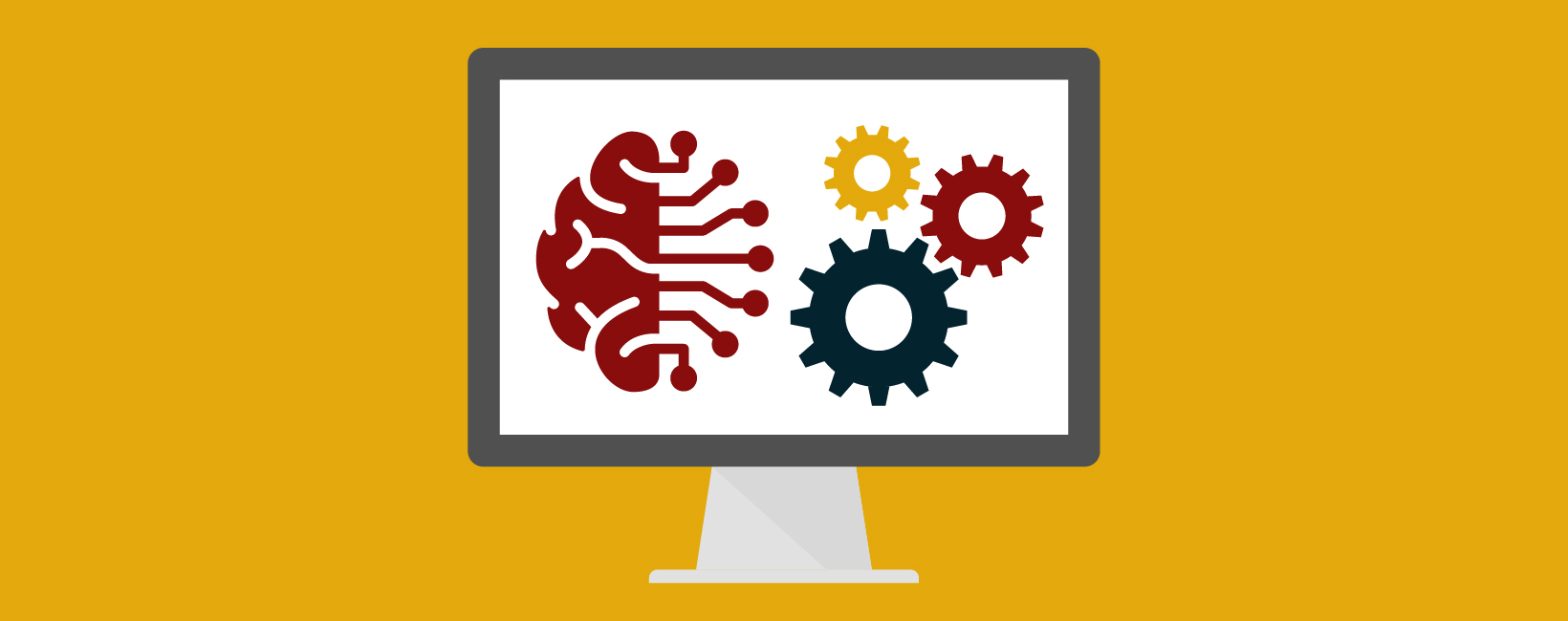 Jun 28, 2023
Persona
Jun 28, 2023
Persona
Higher education institutions serve a vast number of internal and external audiences: prospective students, current students, faculty and staff, the list goes on. It is no wonder that university websites are incredibly difficult to design and maintain with accurate, up-to-date information that’s useful and accessible to all those audiences. Think of all of the pages on your website that currently exist without an owner, a strategy, or an agreed-upon review rhythm. You may not have looked at those pages in a while, but artificial intelligence has. Whether a large language model was trained on your site content a few years ago or a few hours ago, the old adage applies: Garbage in, garbage out.
Why accurate content matters
Large-language models (LLMs)—like OpenAI’s ChatGPT, Google’s Bard, and Meta’s recently released into the open-source wild LLaMA—are masters of pattern recognition, and they’re stunningly adept prediction engines. They work by:
- Digesting large bodies of information
- Breaking that information into small chunks, or tokens
- Learning patterns in that large body of information
- Generating responses based on the patterns that AI has learned
The energy required for the training alone of ChatGPT 3.5 is roughly the same amount of energy required to drive a car to the moon and back. With that much energy being spent, we owe it to ourselves to make that investment of energy worth it by ensuring that the content being ingested by these algorithms is accurate and updated. Never has it been more important to implement regular and systematic checks of the digital information that defines us as people and organizations. While we only have so much power in fighting the spread of purposeful disinformation, we can control the continuous analysis and dissemination of legitimate information by making sure that it is correct.
You may have heard of the term “hallucination” in the context of artificial intelligence. It refers to artificial intelligence providing inaccurate information to user queries. This inaccurate information is often the direct result of artificial intelligence regurgitating information that it found online that was not factual. How could a machine know truth from falsehood merely by learning the sequence of letters and words?
What can you do to prepare your website for the era of AI?
Regardless of our perceptions of the utility and/or dangers concerning the explosion of artificial intelligence, that cat is out of the bag whether we like it or not. So, how can we leverage the benefits of AI in ways that will best serve colleges and their multiple stakeholders?
-
- Get your website governance in order. The key to a sustainable web presence is a functioning governance plan. Governance, simply put, is deciding who gets to decide what goes where on your site. Good governance prioritizes strategy, training, support, and measurement.
- Clean up your site. Once your governance strategy is in place, clean up your website. While higher education websites are enormous and unable to be overhauled in one fell swoop, start with the pages that are most relevant. If meeting enrollment goals is an institutional priority, make sure that pages related to programs, tuition and fees, and student life have current and correct information that prospective students need to make informed decisions.
- Decide where AI can serve you best. If content generation is a pain point, an LLM trained on a well-curated body of your specific information could improve your communicators’ workflows. If guiding site visitors through a journey or supporting their exploration of your site is an area of opportunity, an AI-fueled chatbot could serve you well. Chatbots are great tools for enabling your website visitors to determine what they want to find and have the bot guide them without the user needing to traverse through what might be unclear navigation paths on the site as a whole. Think of chatbots as microsites that simplify user journeys.
Now, more than ever, you should be learning how to incorporate AI into your work with a sense of curiosity and intention. The time you spend is a necessary investment in your institution’s future.
Check back in for our next Garbage in, Garbage out themed blog, which will cover how to ensure you get high quality content out of your AI tools.
Need help choosing and customizing the right AI tools? Want to talk governance? Thinking about tackling a website overhaul? Let’s chat!
This blog was brought to you by Voltaire Santos Miran, Executive Vice President for Creative, Jon Covell, Senior Director of Integrated Paid Media, and James Vineburgh, Director of Research and Consulting.
